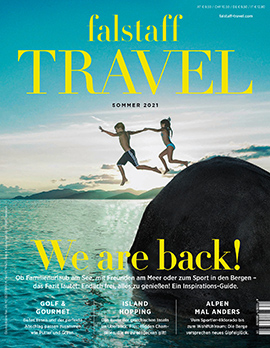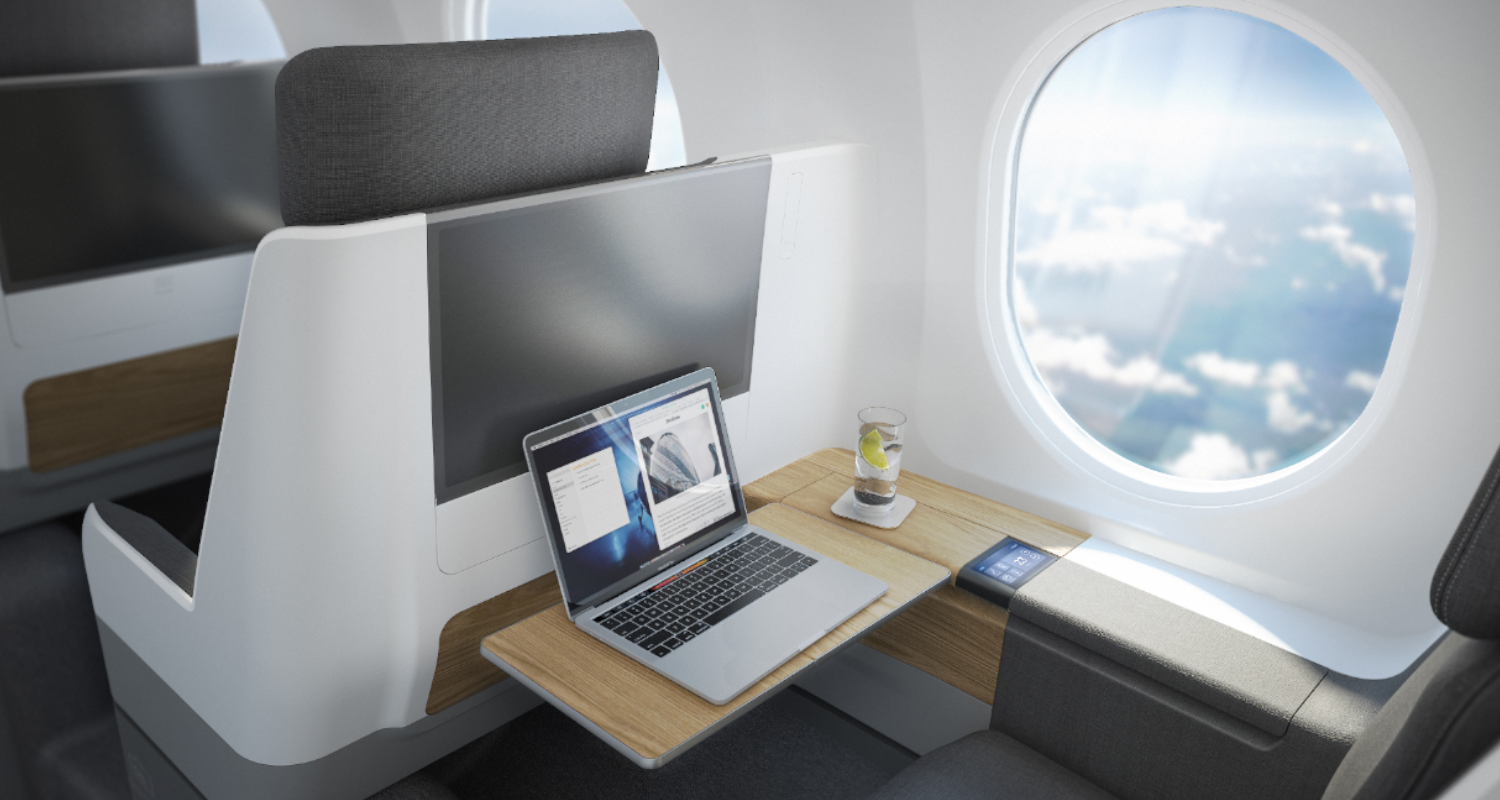
Faster, further, greener: new aircrafts that revolutionize flying
The zeitgeist and the pandemic have changed the way we travel. New aircrafts have to meet these demands.
21 December 2021
It was a memorable moment when the Wright brothers took off in their plane on December 17, 1903. It was the first powered flight in the history of mankind. However, it did not last very long. After only twelve seconds it was over. They had overcome a total of 35 metres with their construction. However, the starting signal for the career of aviation had sounded. Over the next 120 years or so, mankind set flight records, overcame unimaginable distances and developed the Wrights' idea further. The future also brings some innovations for the new airplanes are already in the starting blocks. They will be faster, more comfortable and altogether greener.
Airbus A321XLR
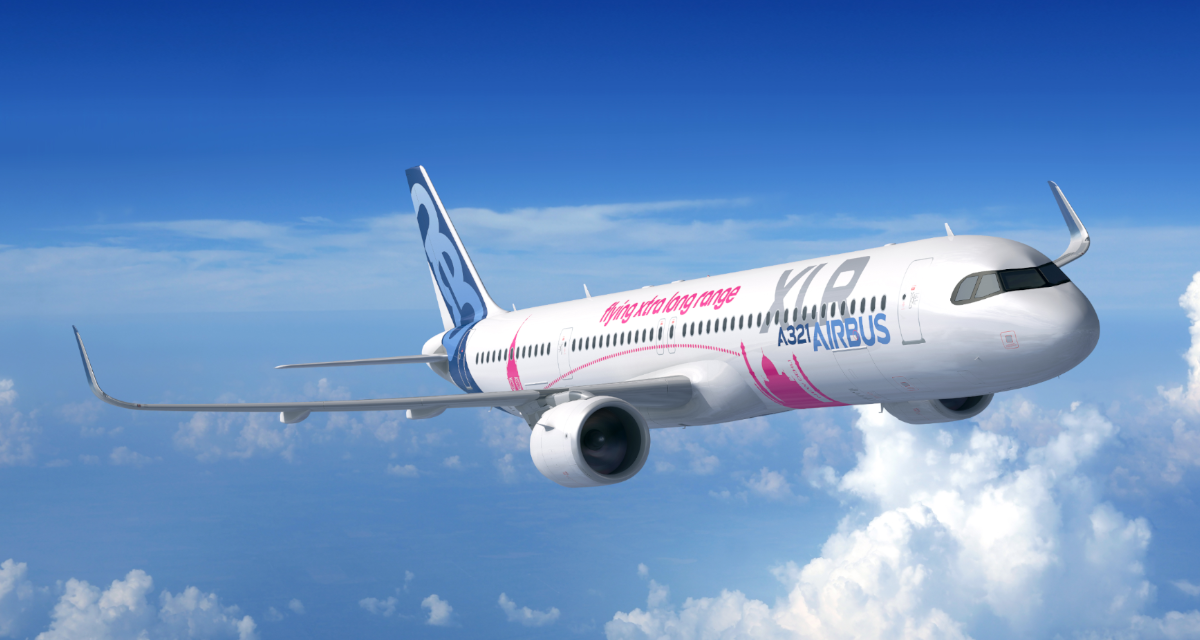
When: 2023
What it can do: fly 10 hours without a stopover
Normally, smaller aircraft fly about 7,000 kilometres without having to stop for refuelling. The Airbus A321 XLR, which debuted at the 2019 Paris Air Show, is expected to cover about 8,700 kilometers on one fill. This is made possible by an innovative design. As a result, there is room for a third tank. Also pretty good: reportedly, the new plane uses 30 percent less fuel per seat than other narrow-body aircrafts. Aer Lingus, Iberia and American will be the first airlines to put the A321 XLR into service.
Boeing 777X
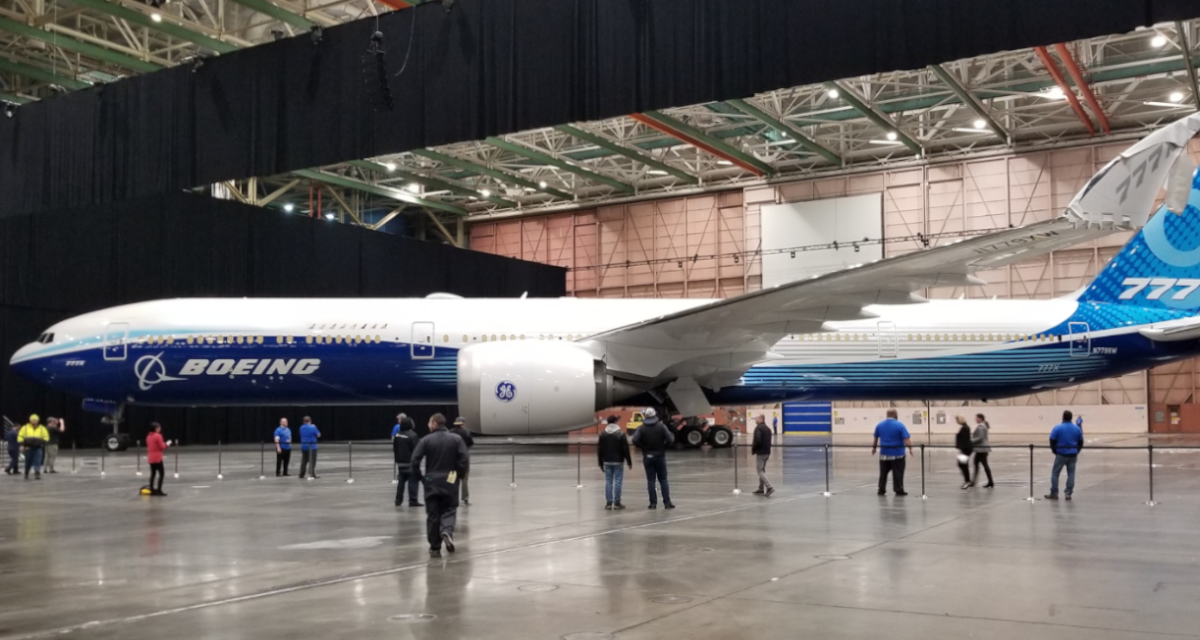
When: 2022
What it can do: the largest twin-engine wide-body long-haul aircraft
Actually, the first Boeing 777X aircraft should have been delivered in 2020. However, the pandemic put a spoke in the company's wheel. Now Lufthansa will put the jet into service in 2022. The aircraft will seat between 384 and 426 passengers. The wide-body aircraft comes with some new amenities. These include larger overhead bins, dimmable windows and wider cabins. The wing can be folded up at right angles. This allows the Boeing 777X to dock at narrower airport bays.
A220-500
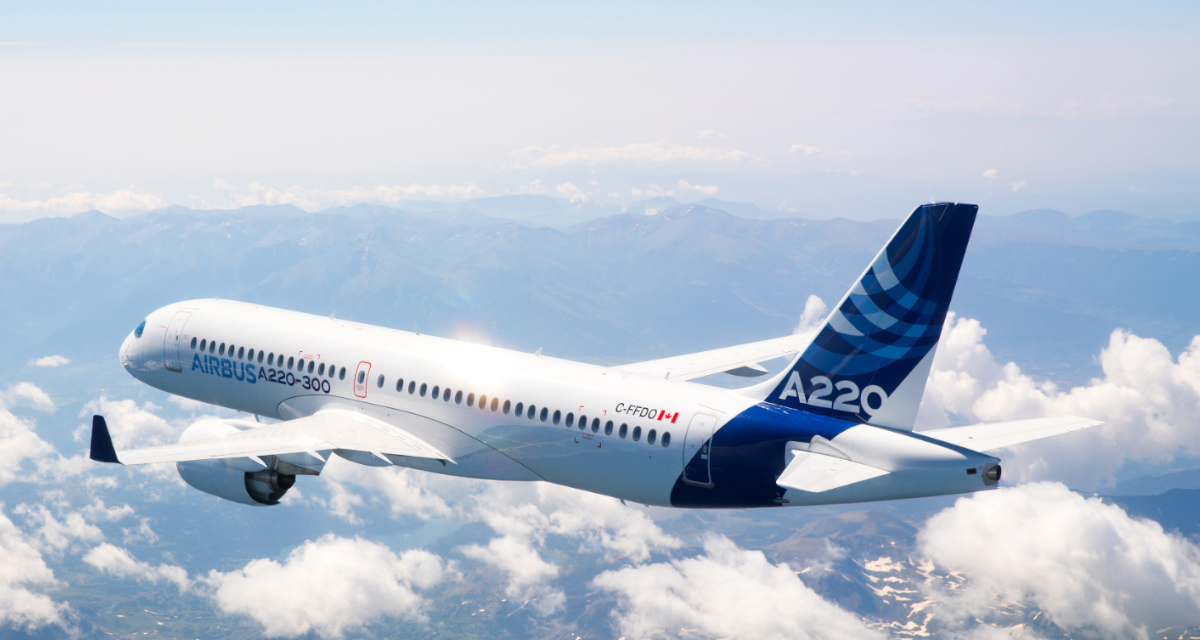
When: from approx. 2025
What it can do: Make short-haul flying more comfortable
The aircraft is to be an extended variant of the existing A220-300 and A220-100. The narrow-body aircraft is expected to take off with a maximum capacity of 190 to 200 seats. More windows, large overhead bins and more efficient fuel delivery are expected to catapult this series of new aircraft into the future. The claustrophobic conditions of previous twin-aisle aircraft are to become a thing of the past.
Boom Supersonic
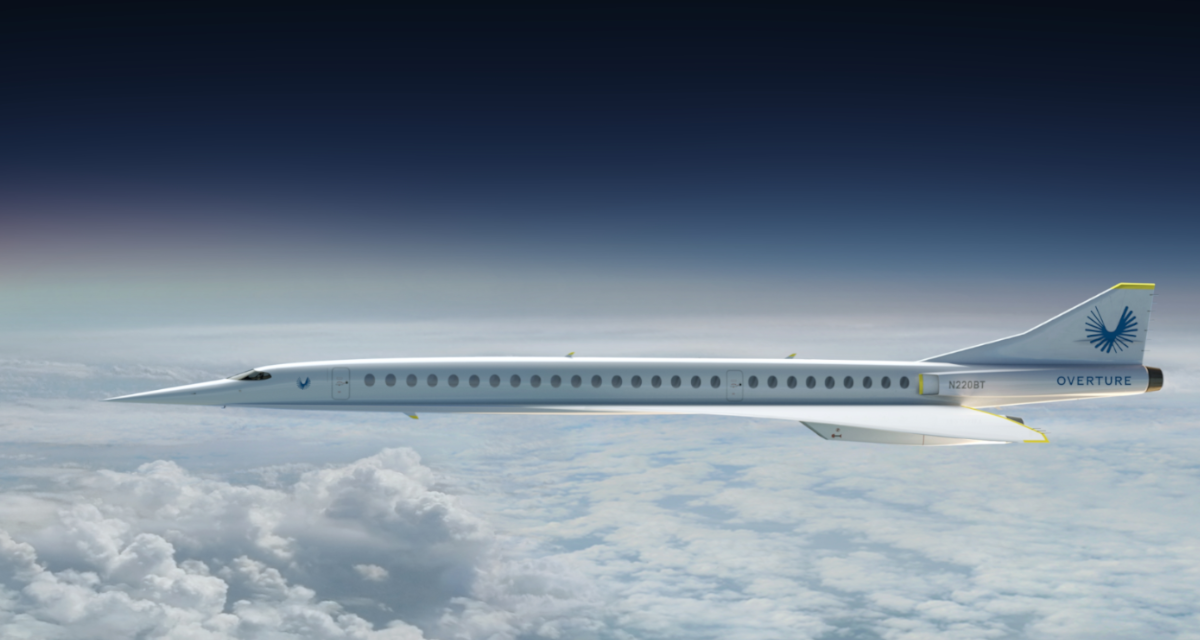
When: 2026
What it can do: Fly Tokyo - San Francisco in under six hours
Almost 20 years ago, the Concorde retired. With the Overture from the American startup Boom Supersonic, a worthy successor has been found. It, too, will travel at supersonic speeds. Test flights will begin in 2025, the engines will come from Rolly Royce. Japan Airlines is on board as an investor. The airline is to receive up to 20 of the 55-seaters. The Overture is said to be capable of flying at up to twice supersonic speeds - that's still 2,716 km/h. In reality, it will probably fly at subsonic speed (below 1,126 km/h). Still, it will cover the distance between the US East Coast and London in half the current time.
Blended Wing/Flying V
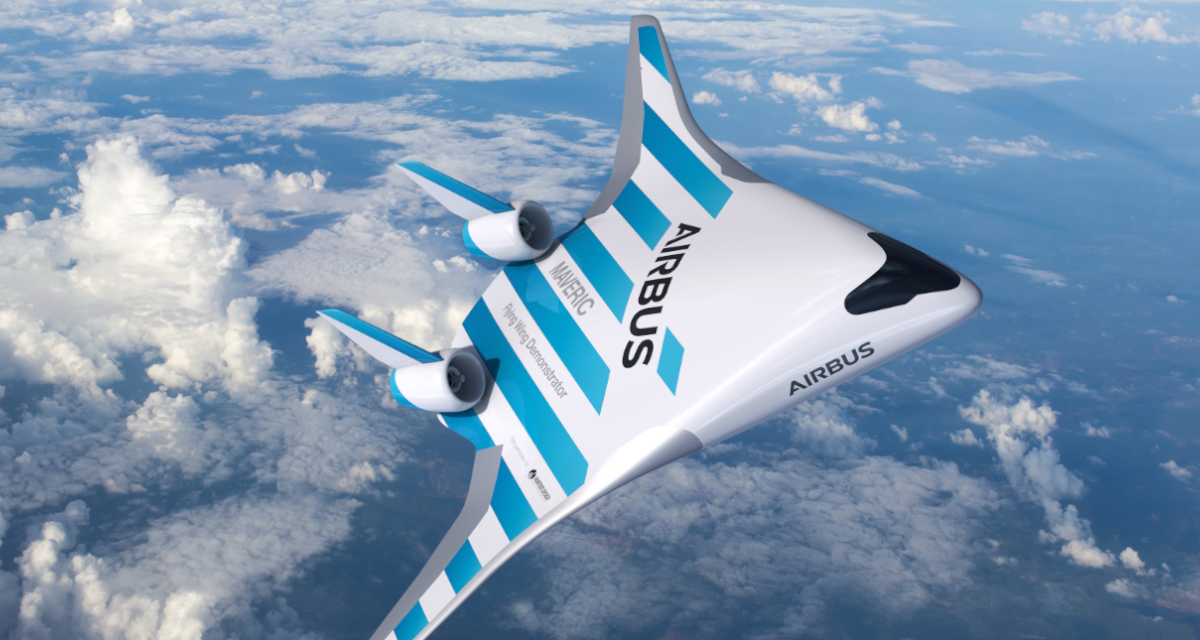
When: 2035
What it can do: fly greener
Aircraft designed without a recognizable fuselage are still dreams of the future. Nevertheless, there are already models and prototype designs. Airbus is one of them. The plan is to reduce fuel consumption by 20 percent. But hundreds of people are supposed to be on board. KLM, the Dutch airline, is working on a similar type of aircraft. It is to look similar and bears the working title "Flying V".
